Oracle AC72 & the Alinghi 5 factor.
 When Alinghi 5 was launched many were surprised on the shape of the hulls. To me they looked to much like an A-Class. After scaling it I confirmed it was the case.
When Alinghi 5 was launched many were surprised on the shape of the hulls. To me they looked to much like an A-Class. After scaling it I confirmed it was the case.
 I also said that those bows were not that good for such a powerful platform that included a huge gennaker. Scaling to perfection a spin less A-Class was not that bright in my view.
I also said that those bows were not that good for such a powerful platform that included a huge gennaker. Scaling to perfection a spin less A-Class was not that bright in my view.
And sadly it showed at Valencia with some of the scariest pitching motion I’ve ever seen in any cat. This pitching was constant through the waves, the sea was flat, not choppy, but the swell was big.
 I give away it was designed to race in lake conditions at RAK or other flat water venue. They were lucky though on not racing in 20knots, imagine that bareaway..
I give away it was designed to race in lake conditions at RAK or other flat water venue. They were lucky though on not racing in 20knots, imagine that bareaway..
In the other hand Oracle launched with VPLP, an all around design Trimaran, the kind of big hulls you need to race in any offshore location in any condition. The kind of hulls, with some more refinement I would use for San Francisco beyond the flying foils.
 Later those amas were replaced, and I thought they were to slim, but the key in that platform that the central Trimaran hull provided extra emergency volume needed in rough conditions on a pitch. (Guess how this left picture of Sodebo ended?.. it didn´t pitched. Photo Iven Zedda) All other Images Alinghi , Gilles Martin Raget, Guilain Grenier / Oracle Racing.
Later those amas were replaced, and I thought they were to slim, but the key in that platform that the central Trimaran hull provided extra emergency volume needed in rough conditions on a pitch. (Guess how this left picture of Sodebo ended?.. it didn´t pitched. Photo Iven Zedda) All other Images Alinghi , Gilles Martin Raget, Guilain Grenier / Oracle Racing.
 Those new amas were really good (but only inteacting with the Tri central hull) and I think Oracle went to design USA17 cat with those 2nd set of proven amas in mind and the ‘little’ detail now with the AC72 the central hull was non existent in the Catamaran conf platform, plus targeted less weight/windage relying completely on the foils to keep the bows up.
Those new amas were really good (but only inteacting with the Tri central hull) and I think Oracle went to design USA17 cat with those 2nd set of proven amas in mind and the ‘little’ detail now with the AC72 the central hull was non existent in the Catamaran conf platform, plus targeted less weight/windage relying completely on the foils to keep the bows up.
So now here we have those slim bow Alinghi 5 style hulls in place again, and it is quite remarkable that some of the best brains of Alinghi are now part of the Oracle design team.
 It is necessary to pint out too that Alinghi 5 set a milestone for new generation cats on many of their structural and foil (S were not used finally) solutions, several being copied or applied the AC45s, ETNZ and of course Oracle. Also in the 20-40′ range new generation cats like SL33, GC32 and others and even in the A-Class with DNAs rear beams.
It is necessary to pint out too that Alinghi 5 set a milestone for new generation cats on many of their structural and foil (S were not used finally) solutions, several being copied or applied the AC45s, ETNZ and of course Oracle. Also in the 20-40′ range new generation cats like SL33, GC32 and others and even in the A-Class with DNAs rear beams.
Alinghi 5 will be remembered as one of the finest boats ever built and a true exceptional high risk bet by Bertarelli and his team.
Maybe Oracle will end winning this thing on their super light slim flying 17 (if they stay in one piece) and all the theory and cfd analysis will pay off, but one thing is for sure:
Common sense, actual cat racing hours and learning from experience will never ever be replaced by any CFD soft no matter the millions you invest, and this goes specially for Artemis too.
I think the best compromise solution, the best combo on cfd and real life experience applied is ETNZ, hope they start sailing in SF soon, to see if they need even more margin for those bareaways.
Yesterday I was told that Oracle bareaway was not completed, some degrees were missing for being totally downwind. It may be true, but with the high stakes , the super size-powered up 72s plus the tricky conditions in SF you need a design that will NOT trust 100% on the helm’s abilities, thus providing him that famous extra margin I always mention.
Right there lies the design key factor in this specific event conditions/venue/vessel combo.

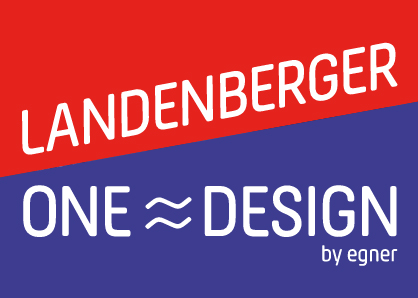
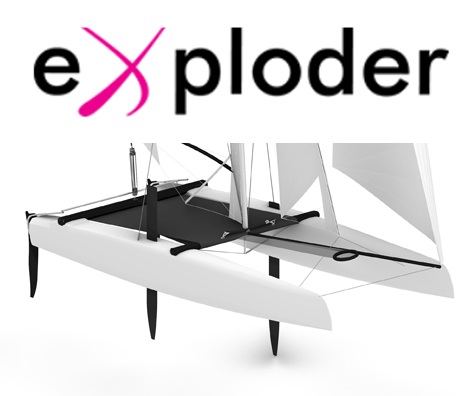
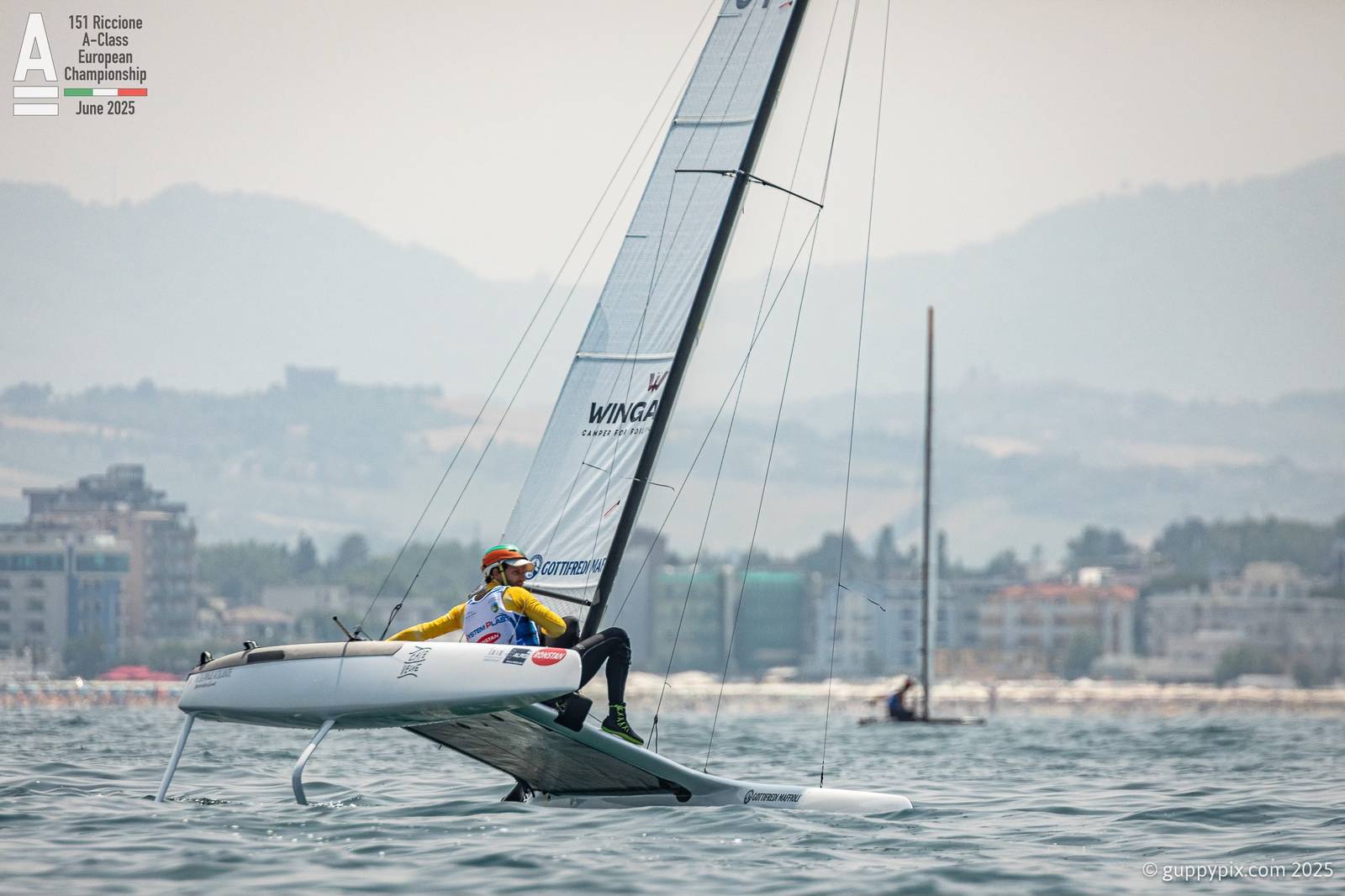
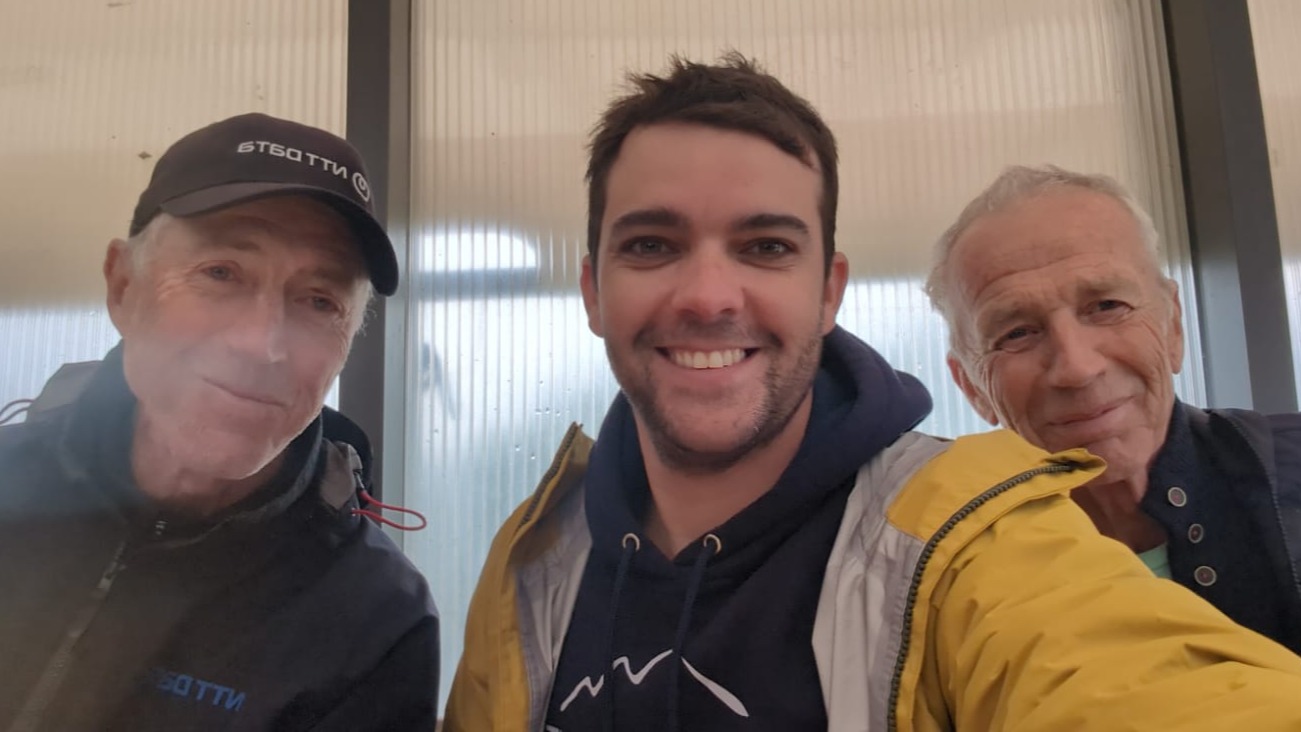
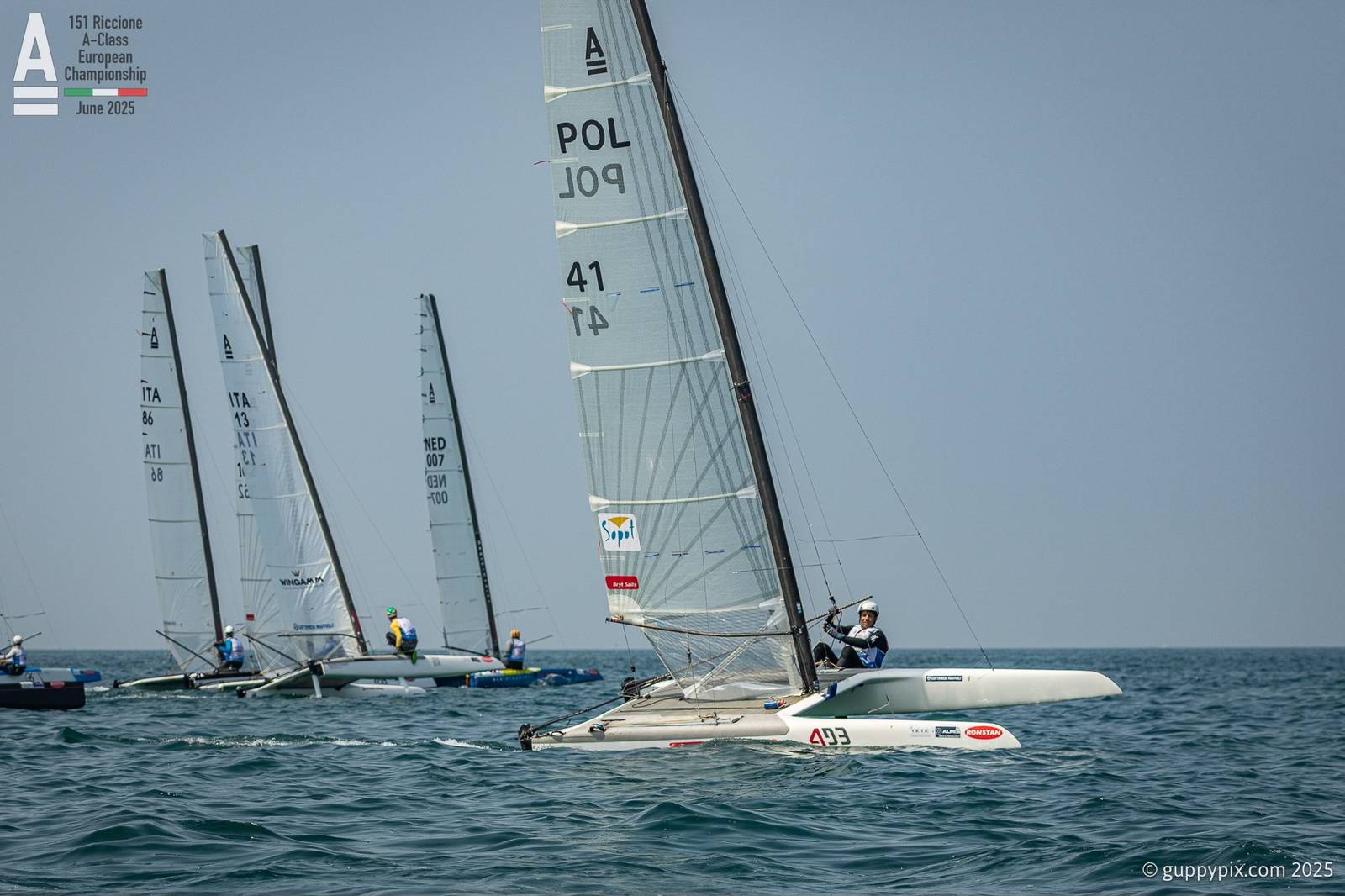
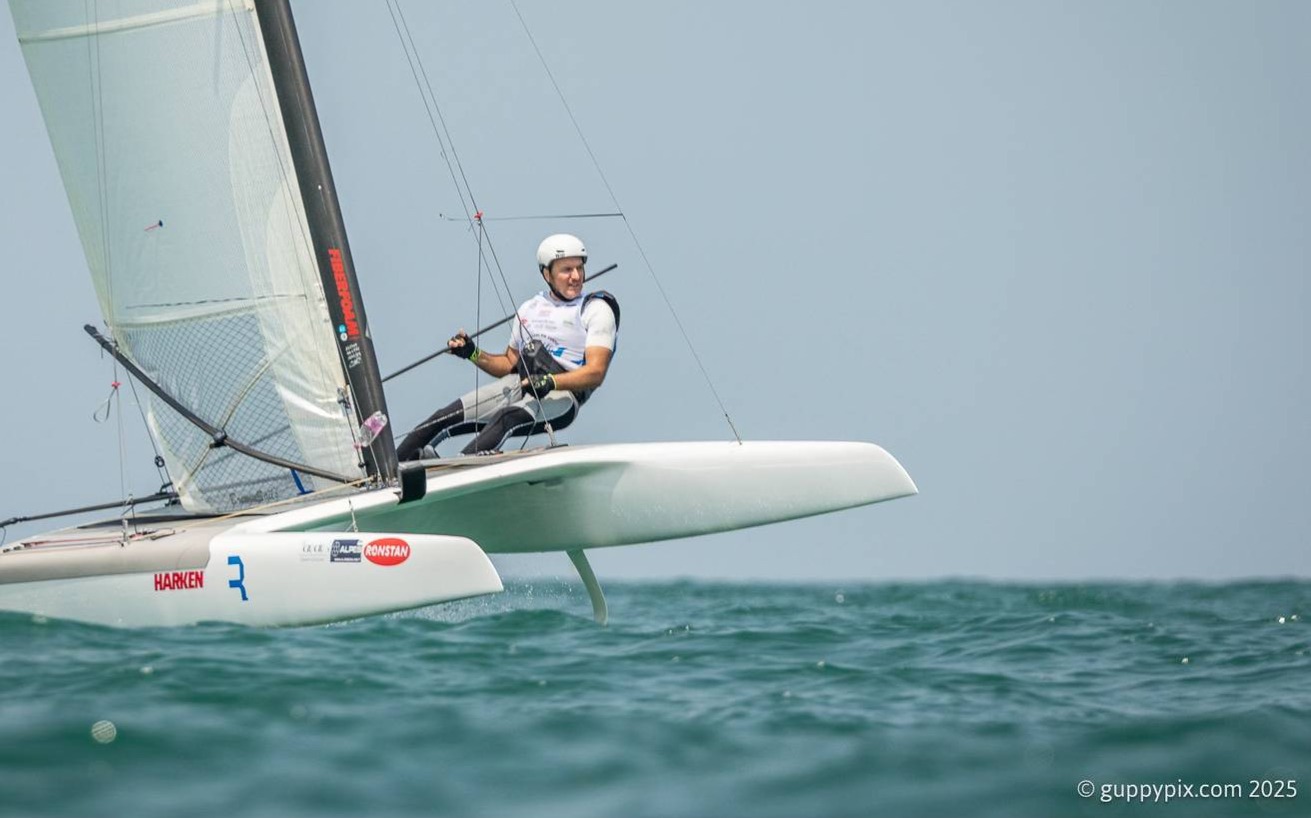
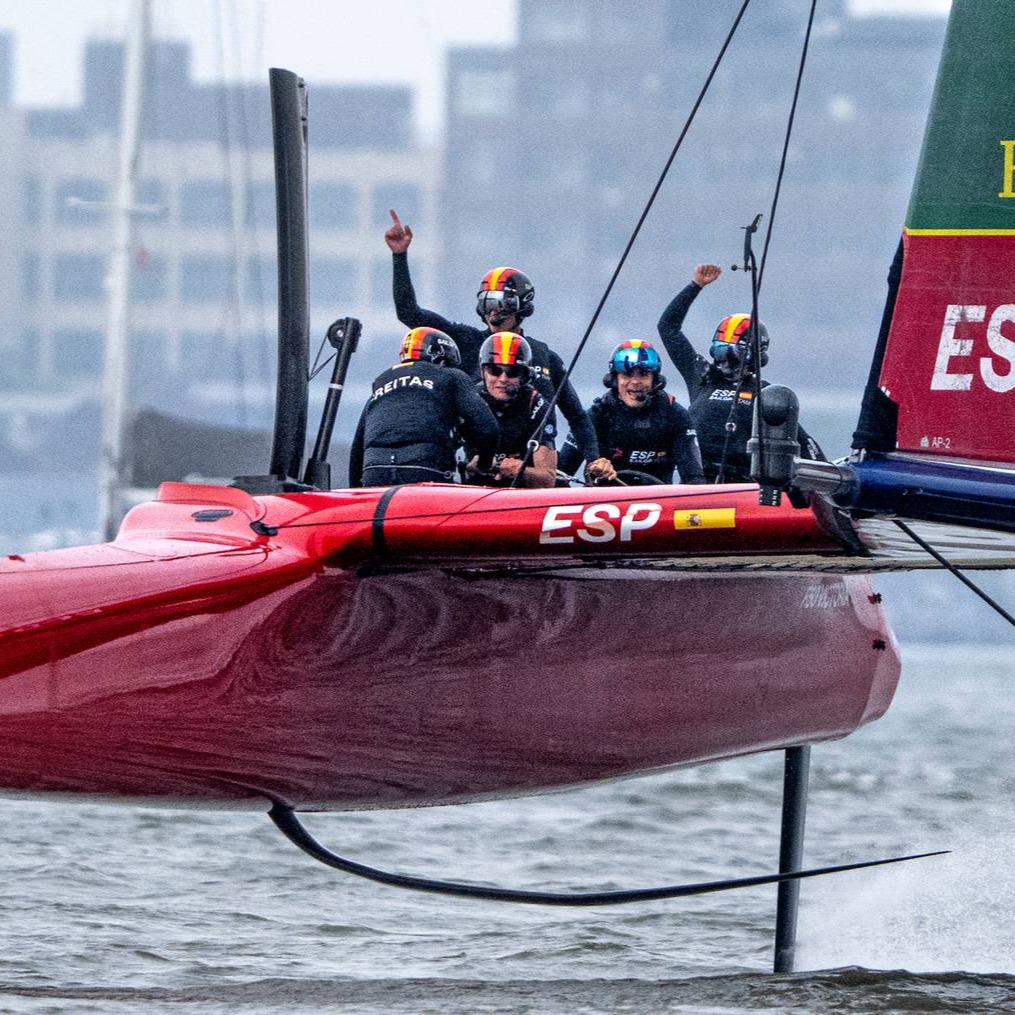
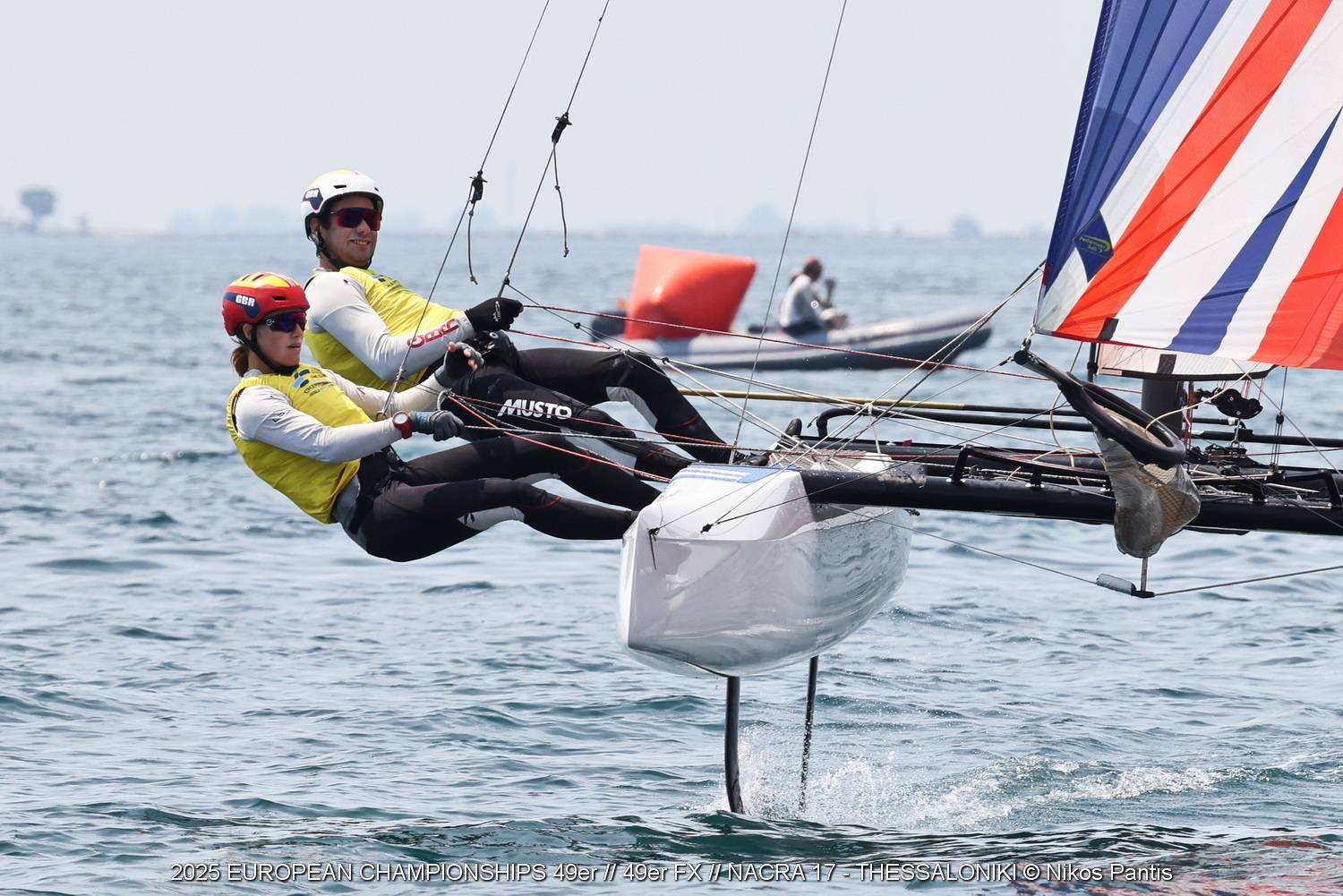
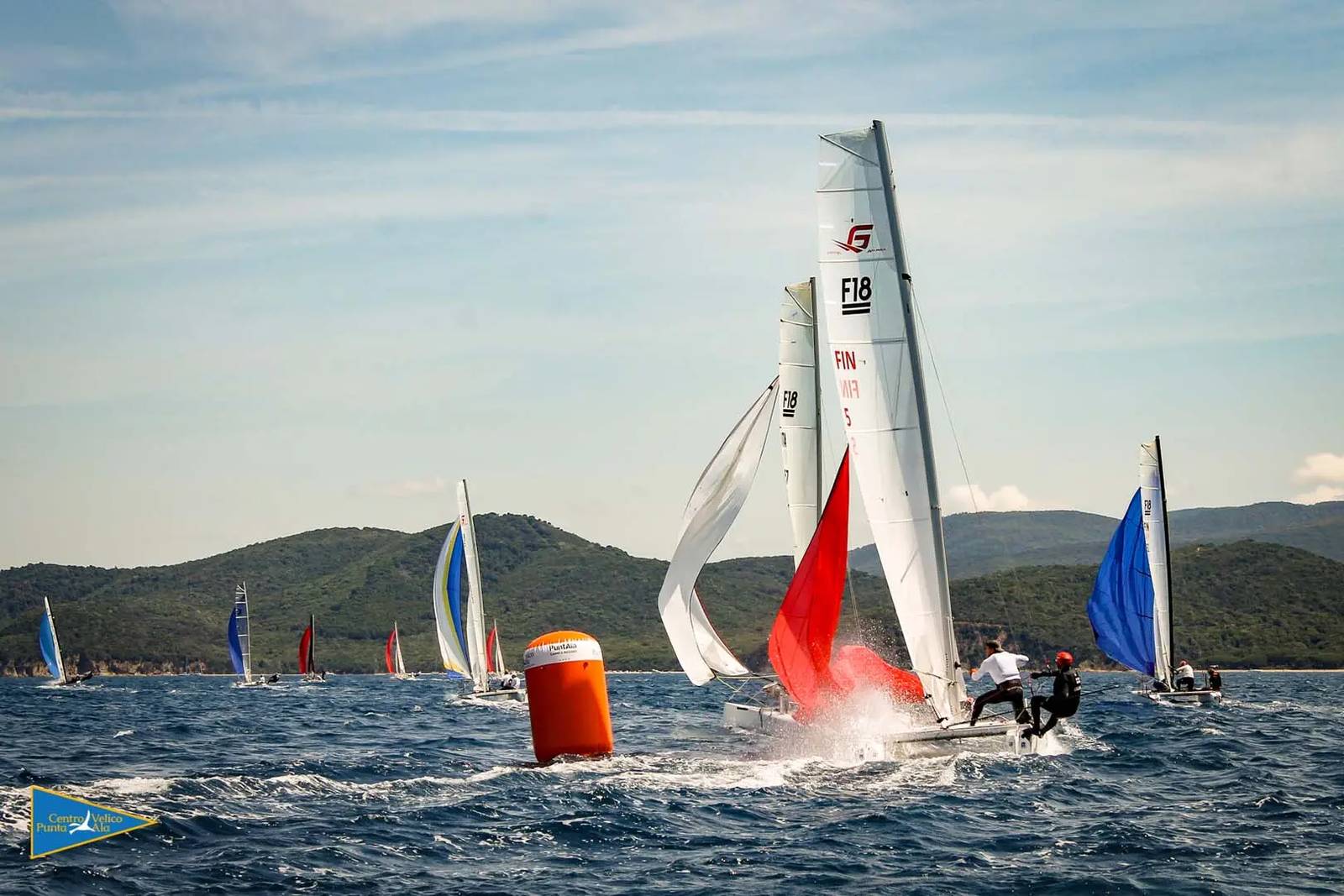
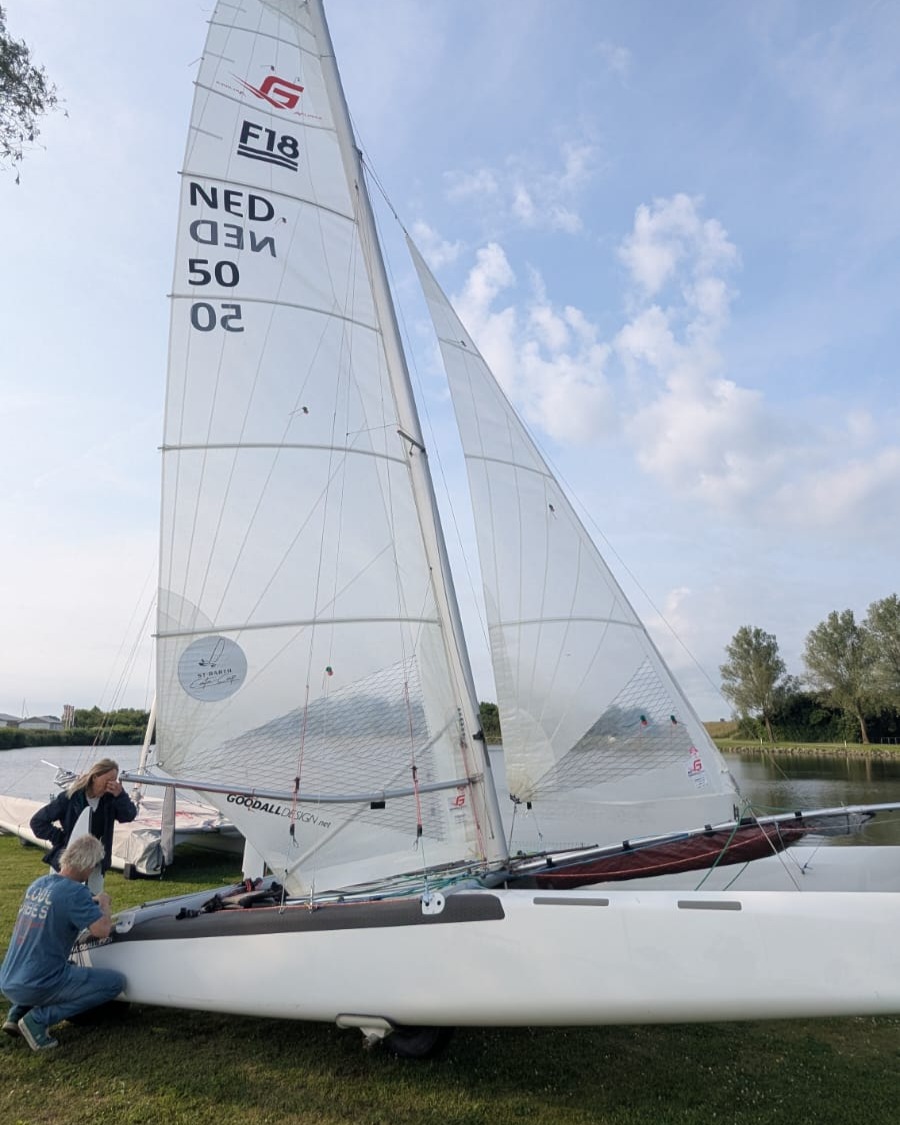
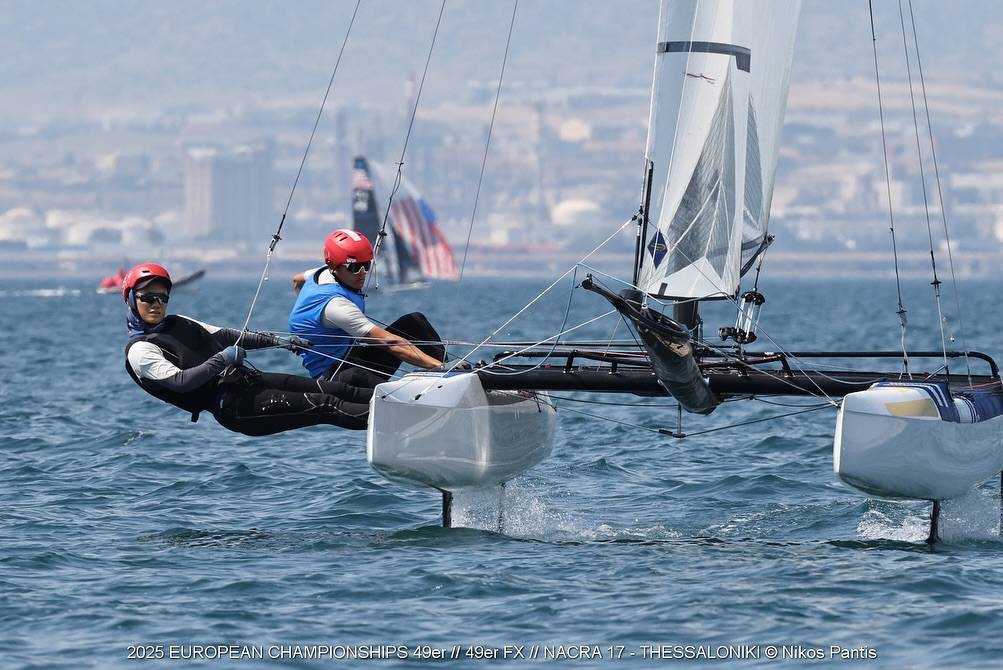



















Teo di Battista , 3° of Classic using Exploder Ad3 2016 version instead Scheurer .
I just heard that my great sailing friend and former CEO of Hobiecat Europe has passed. May The endless oceans…
...Report was sent by an F18 Sailor, if you want Hobies reported send your own, we'll publish as usual. Cheers.
Looks like in your report the Hobies are not really present. Suggest to rewrite the article.
Thanks for the great report Wik. Great battle.